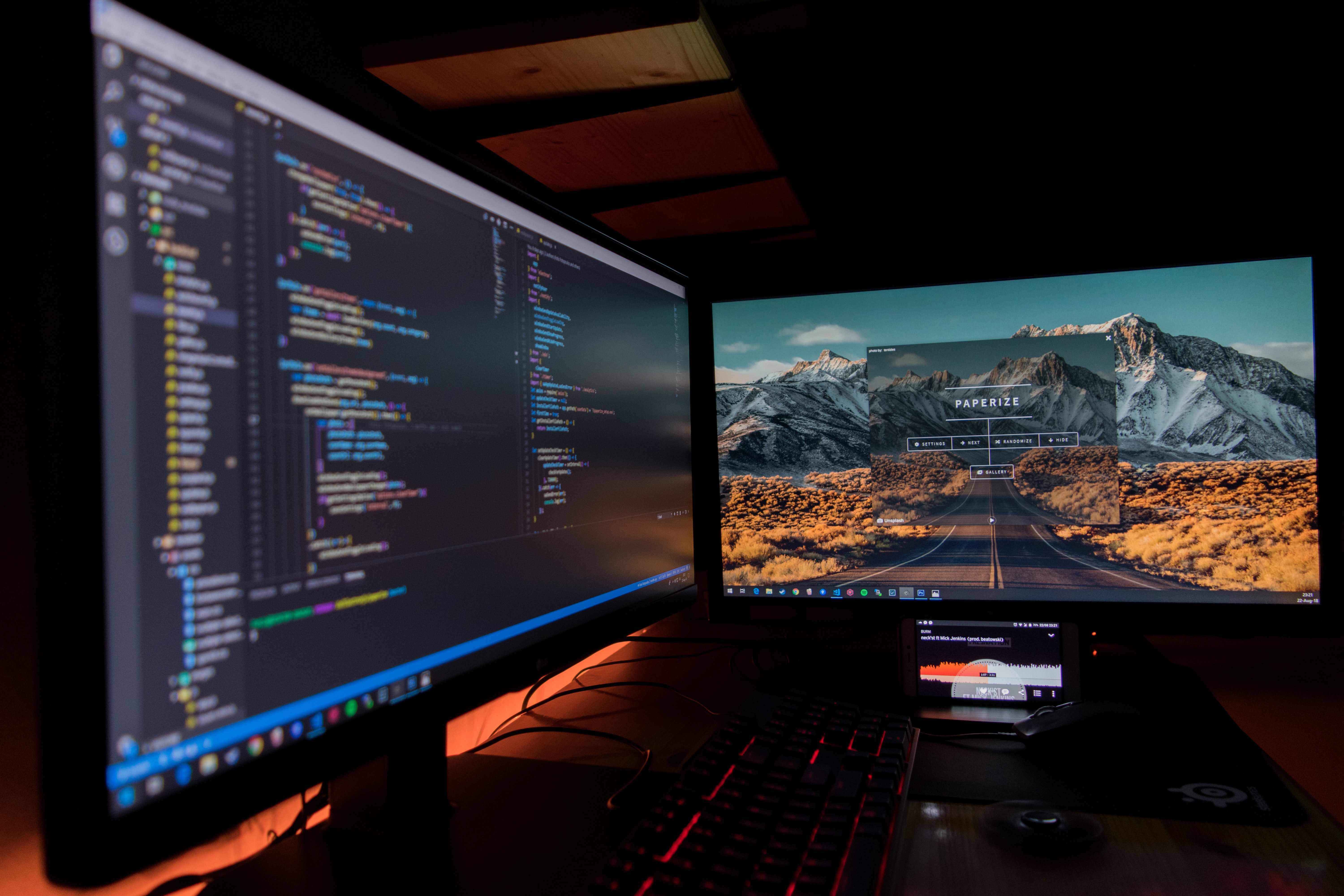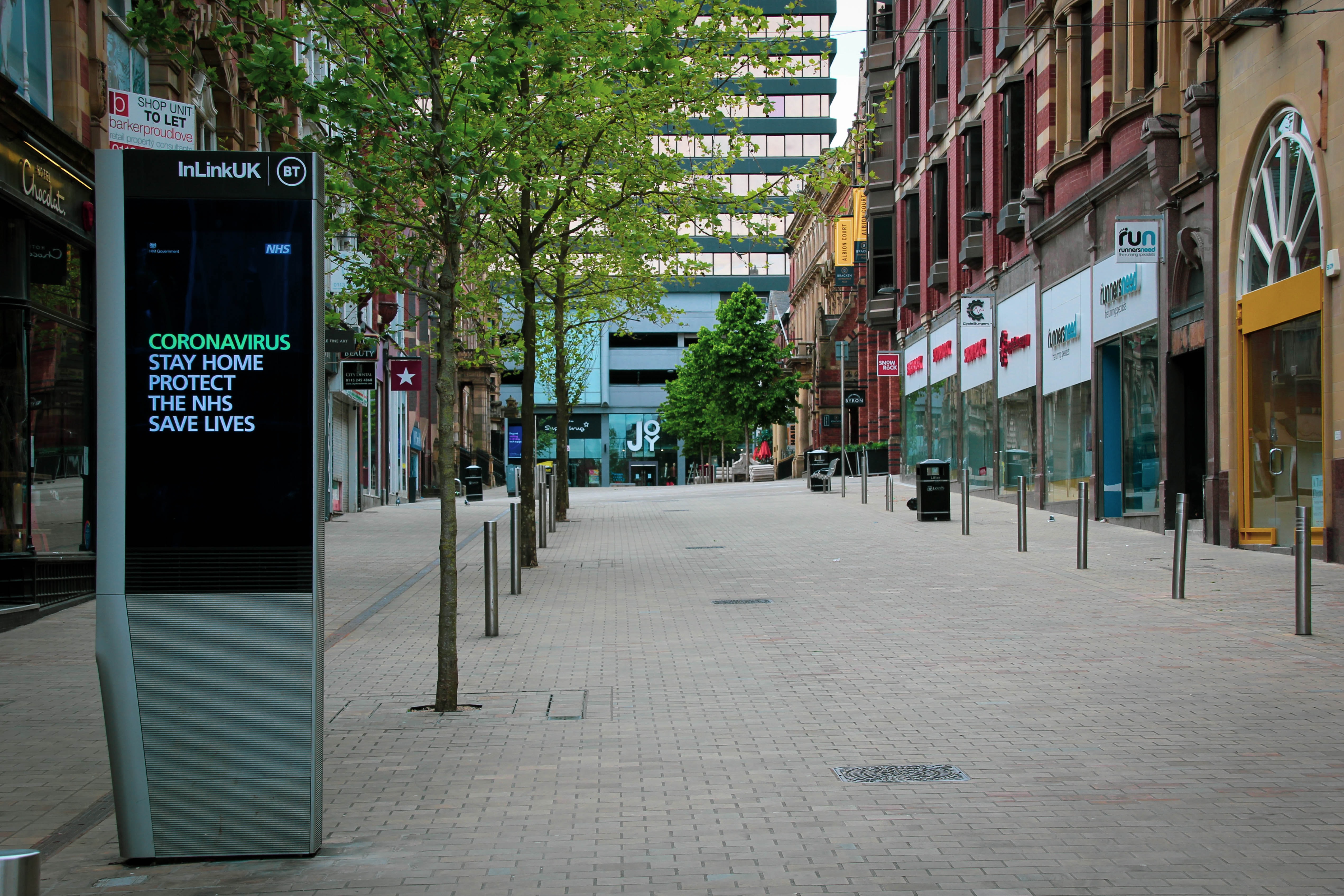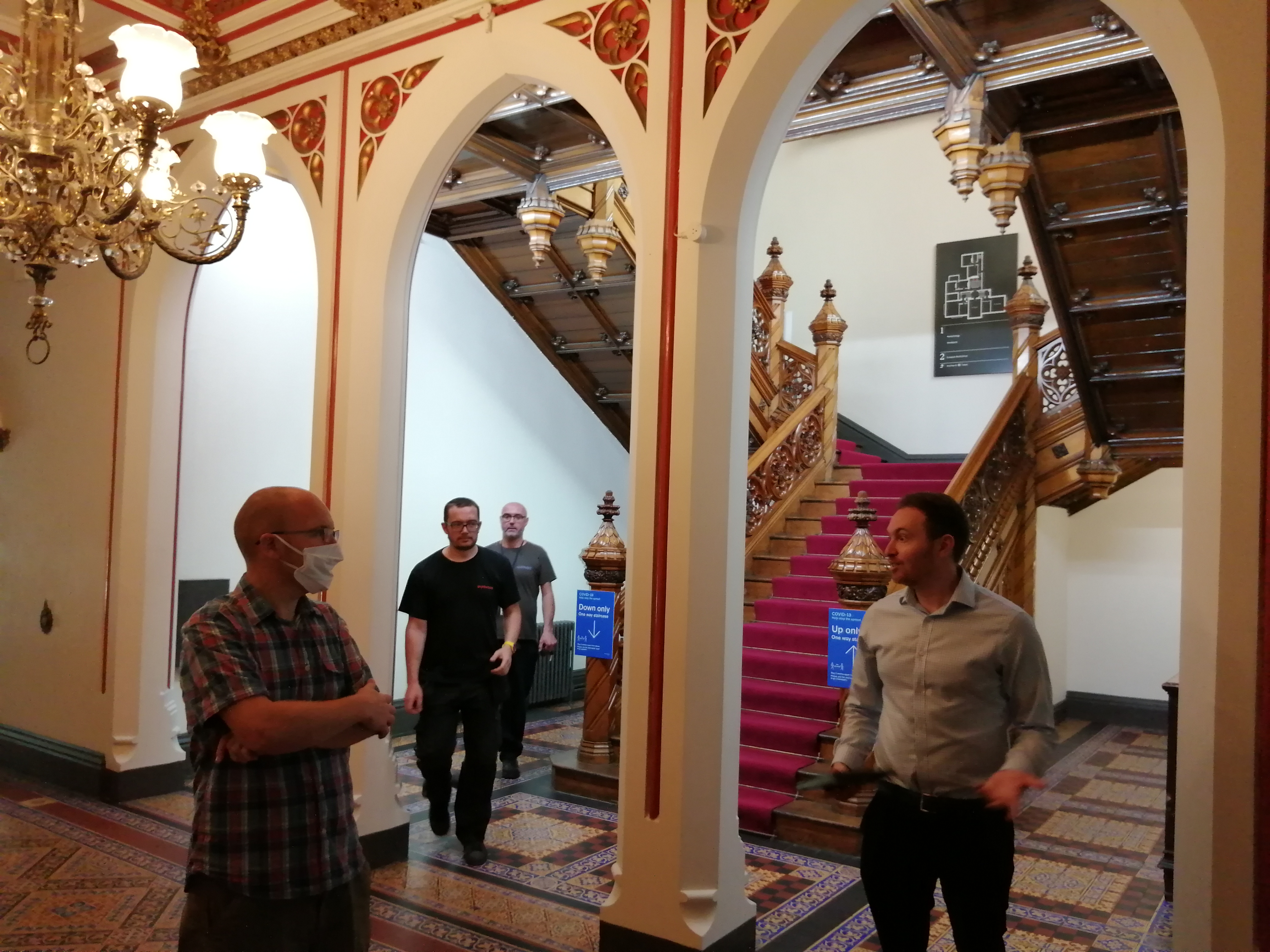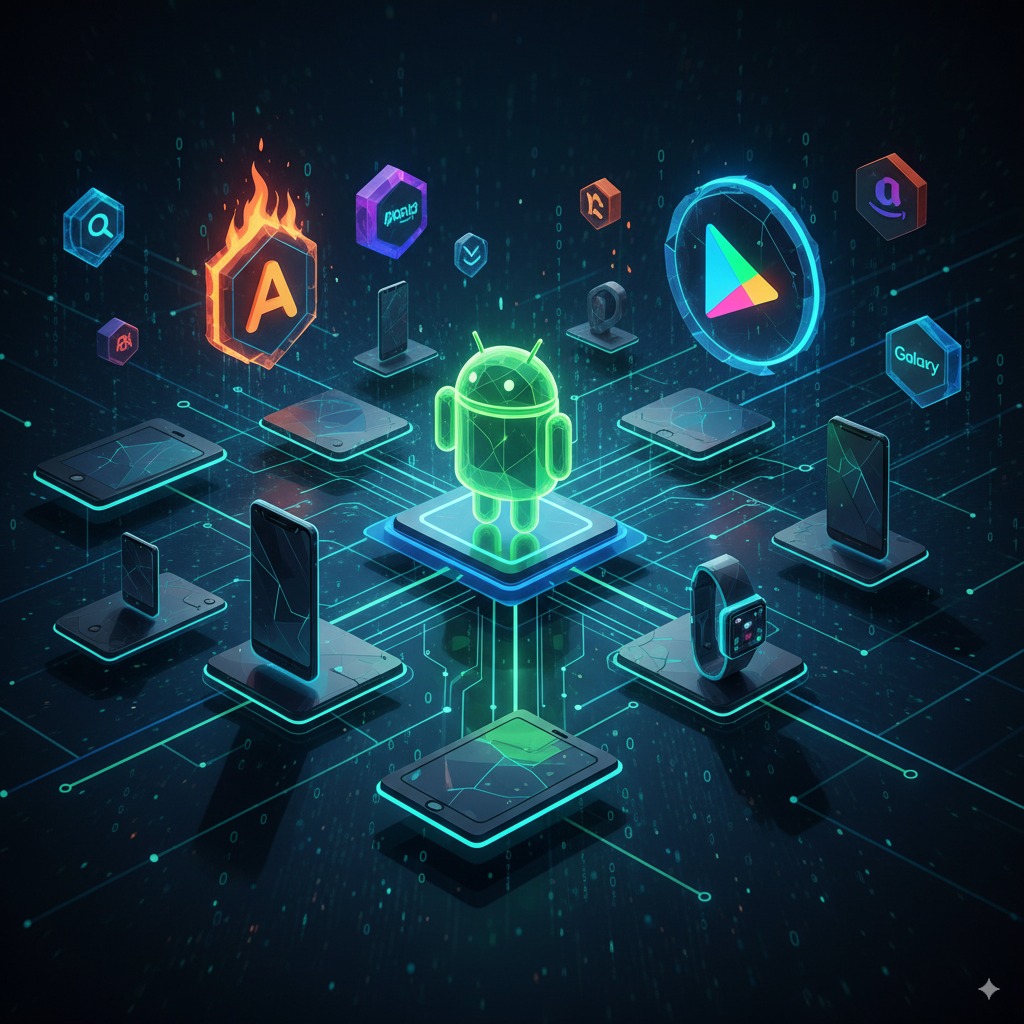
A Guide to Android App Publishing in 2025
Publishing an Android app in 2025 is more complex than simply uploading a file to the Google Play Store. The ecosystem has evolved, offering multiple stores, diverse distribution models, and powerful tools to ensure a successful launch. This guide provides a concise overview for businesses and developers looking to navigate this landscape effectively.
The Google Play Console: Your Command Centre
The Google Play Console is the heart of your Android publishing operations. It's where you'll manage everything from app uploads and store listings to performance monitoring and user feedback. Key tasks include setting up your developer account, configuring your app's details, and managing releases.
The Android App Bundle (AAB): The Modern Standard
The Android App Bundle (AAB) is the standard format for publishing apps on Google Play. Instead of a single, monolithic APK, the AAB contains all your app's compiled code and resources. Google Play then uses the AAB to generate and serve optimised APKs for each user's device configuration, resulting in smaller, more efficient downloads.
Mastering Release Tracks
Google Play offers a multi-tiered system for testing your app before a full public release. Each track serves a specific purpose:
- Internal Testing: For rapid, early-stage QA with a small, trusted team (up to 100 testers). Builds are available almost instantly.
- Closed Testing: For larger, private beta tests with a specific group of users invited via email. This is ideal for gathering feedback on new features.
- Open Testing: Allows anyone to join your beta program directly from the Play Store. It’s a great way to test your app's stability at scale before a full launch.
- Production: The final stage, where your app is live and available to all users in your targeted countries.
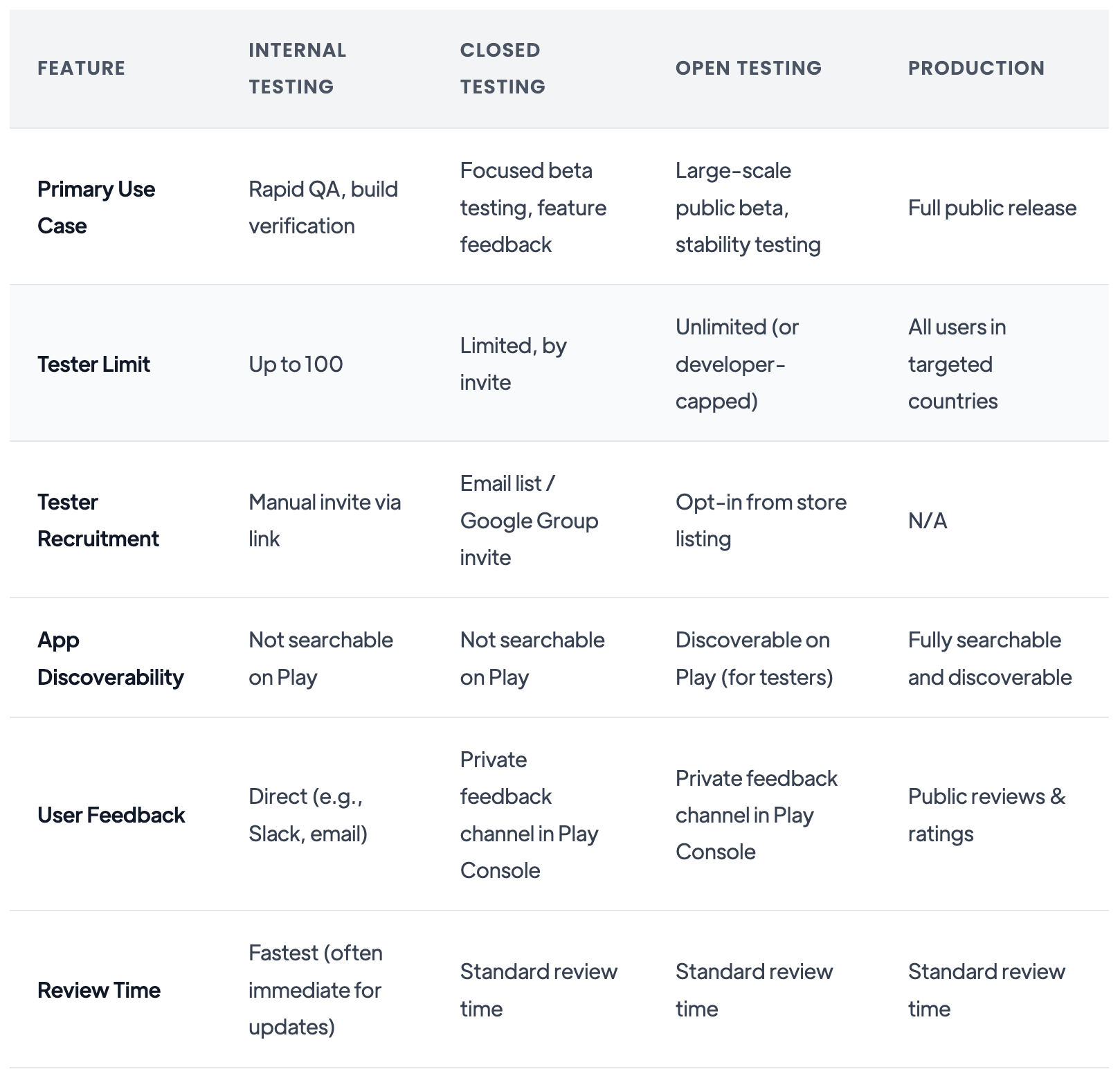
The Art of the Staged Rollout
A staged rollout is a safety net for your production releases. Instead of releasing an update to 100% of your users at once, you can release it to a small percentage first (e.g., 1%, 5%, 20%). This allows you to monitor performance and crash reports in Android Vitals. If an issue is detected, you can halt the rollout immediately, minimising the impact on your user base.
Building Momentum with Pre-Registration
For new apps, a pre-registration campaign can build excitement and ensure a strong launch day. You can publish your store listing up to 90 days before your app is live, allowing users to register for a notification on release. You can even offer rewards to incentivise sign-ups.
Beyond Google Play: Alternative App Stores
While Google Play is the largest, it's not the only store. Depending on your target audience and device manufacturers, consider these alternatives:
- Samsung Galaxy Store: The default store on all Samsung devices, offering a significant audience.
- Amazon Appstore: The primary store for Amazon's Fire devices and available on other Android devices.
- Huawei AppGallery: Essential for reaching users of modern Huawei devices, which do not have access to Google Play Services.
Enterprise and Private Distribution
For business-to-business (B2B) or internal employee apps, Managed Google Play allows you to privately distribute apps to specific organisations. For even more direct distribution, apps can be "sideloaded" via direct download, though this requires users to enable installations from unknown sources and carries security risks.
This guide provides a snapshot of the Android publishing landscape. For a more in-depth analysis and a complete walkthrough, read our full article: Complete Guide to Android App Publishing in 2025.
Ready to launch your Android app? Foresight Mobile specialises in creating and publishing high-quality Android applications. Get in touch with us today to discuss your project, or call us on 0161 552 5498.
